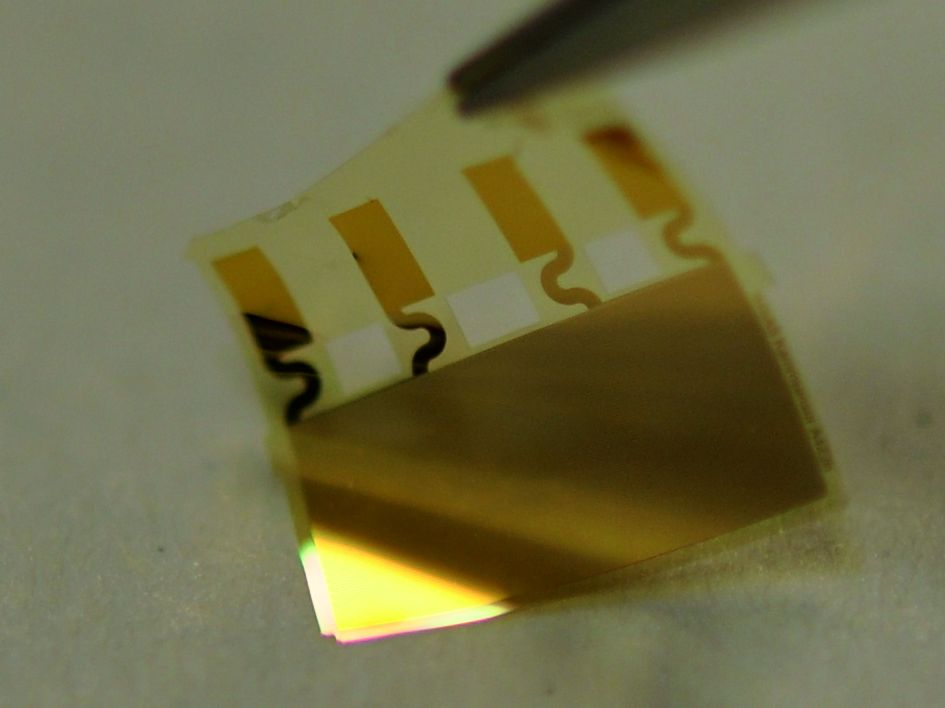Kammsensor - Ultrathin Dielectric Sensor to Monitor Fiber Reinforced Plastics Parts
Short description:
In the project “Kammsensor” an ultrathin dielectric sensor will be developed to monitor the product life time of fibre reinforced plastics parts. For this task, the sensor will be embedded in the composite. The focus is on the curing process of the resin which can be measured on-line with this method. Due to the small size the sensor can remain in the composite without disturbing the material’s properties which make it possible to use the sensor also for structural health monitoring.
Objective:
The objective of the project is to embed a sensor in fibre reinforce plastic without disrupting the material. The developed sensor will monitor the curing process of the resin on-line. In addition, the sensor will be used to measure water uptake of the composite during the life time of a component.
Project description:
Fibre reinforced composites offer a very high stiffness while the weight is very low compared to other materials with the same mechanical properties. This makes fibre reinforced composites the future material for many industrial sectors. However, the properties are dependent on the manufacturing process. On-line process monitoring, especially of curing, is therefore an important task for further propagation of fibre reinforced plastics. For this task commercial dielectric sensors are already available. However, they are that big, that they influence the properties of the material significantly. Within the scope of the project a sensor on a flexible substrate is developed which is only a few microns thick and therefore in the dimensions of carbon filament. This leads to the assumption that the properties of the material will not be changed by the sensor. To proof this, mechanical tests with sensors embedded in carbon fibre reinforced plastics will be performed.
The measurement of curing will be realised with the help of impedance spectroscopy. The measured impedance is dependent on the conductivity and permittivity of the polymer matrix. During curing these parameters change due to the crosslinking of the polymer. Therefore, due to the change of impedance, the degree of curing can be measured. The results of the impedance spectroscopy will be verified by comparing them with the results of well-known methods like differential scanning calorimetry (DSC) and dynamical mechanical analysis.
Partner:
Contact:
Prof. Dr.-Ing. Walter Lang
E-mail: contact
The Project Kammsensor is funded by the DFG - Deutsche Forschungsgemeinschaft from 2015 until 2018.


